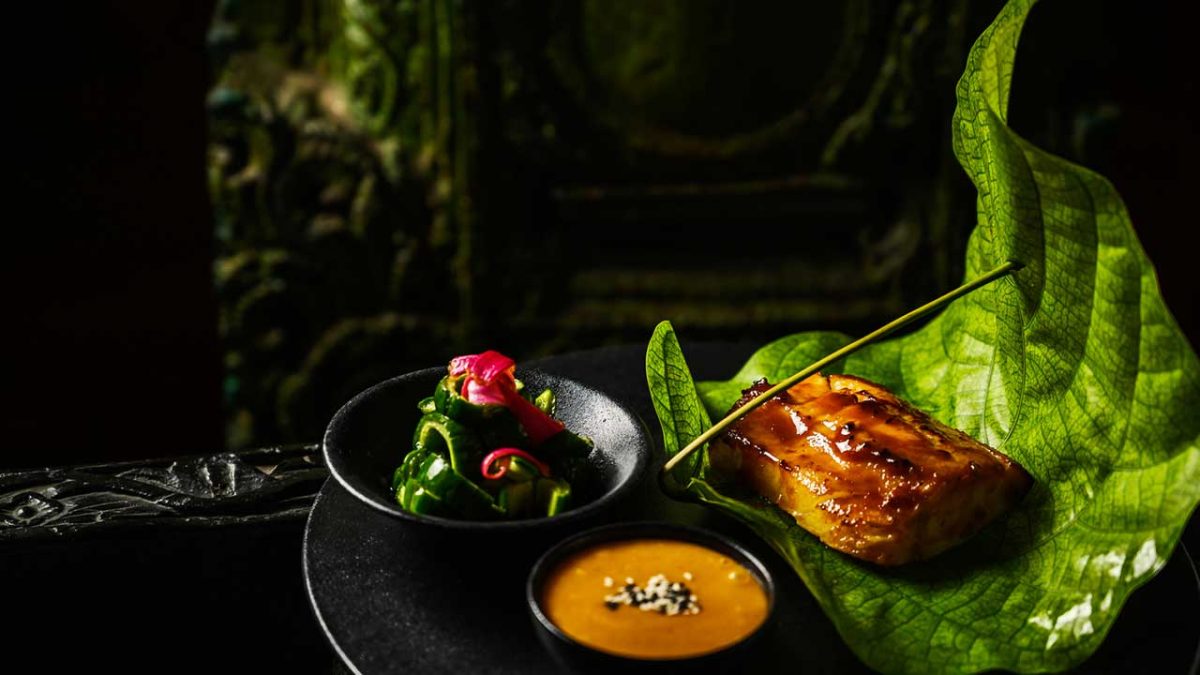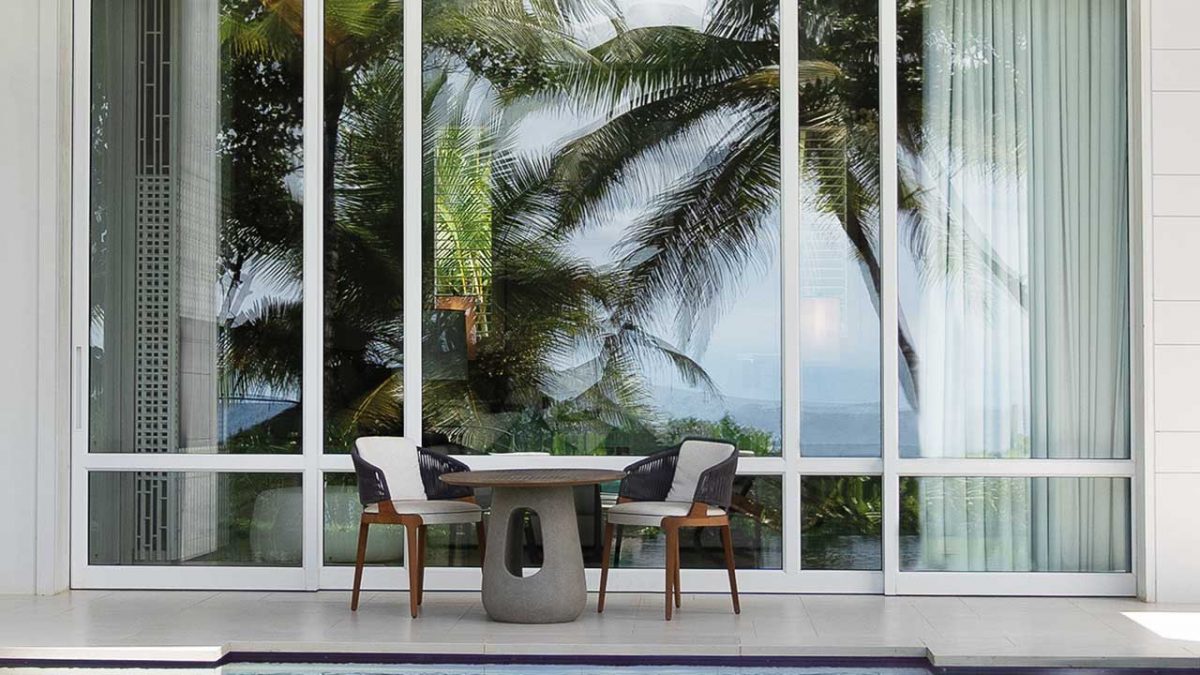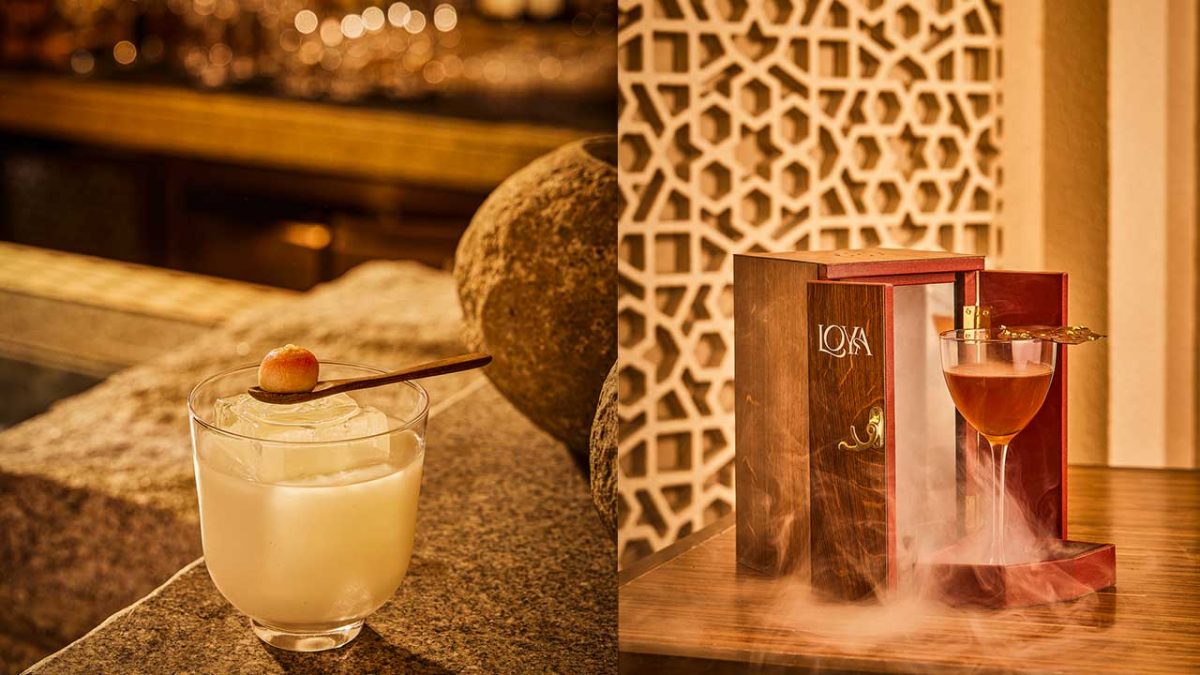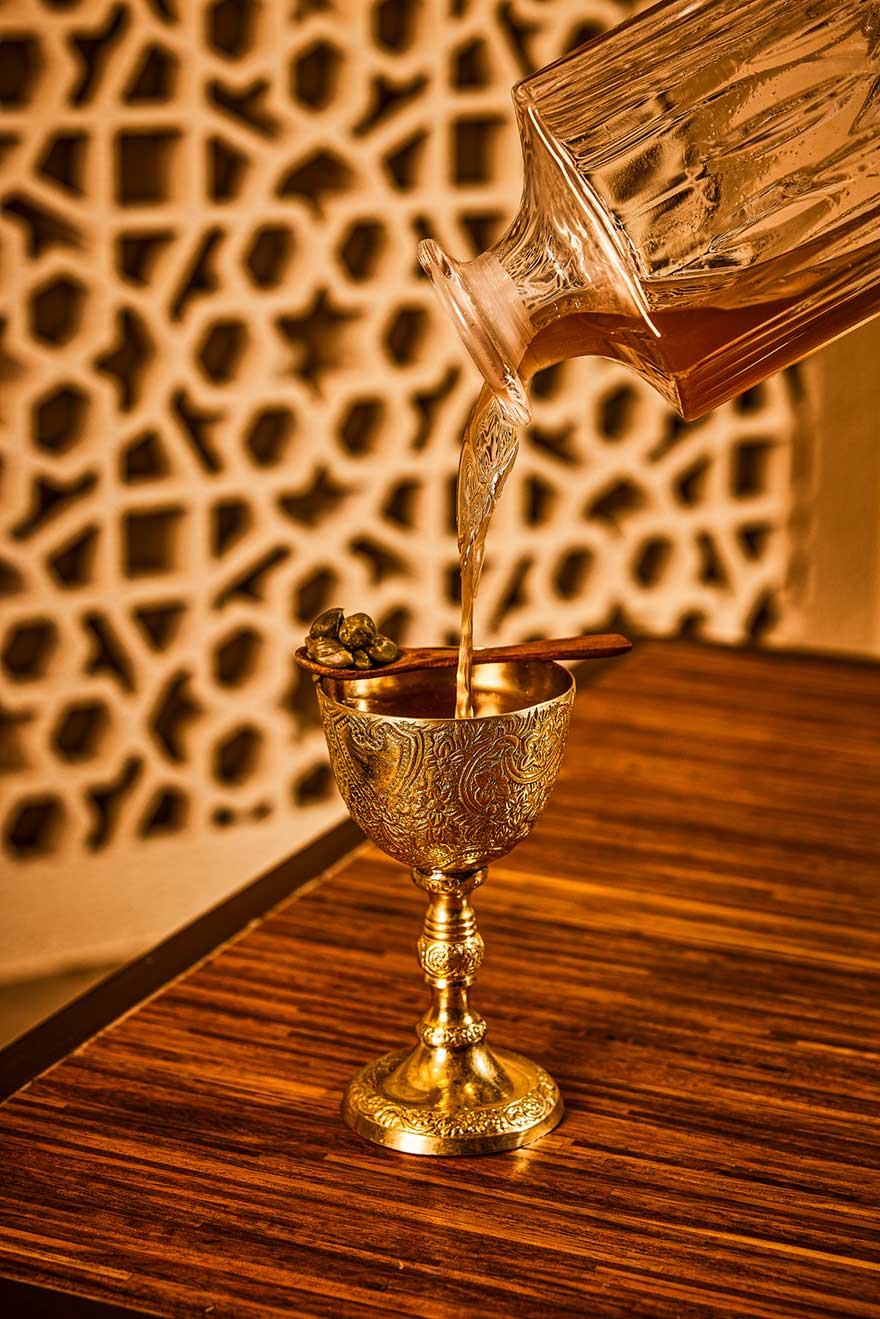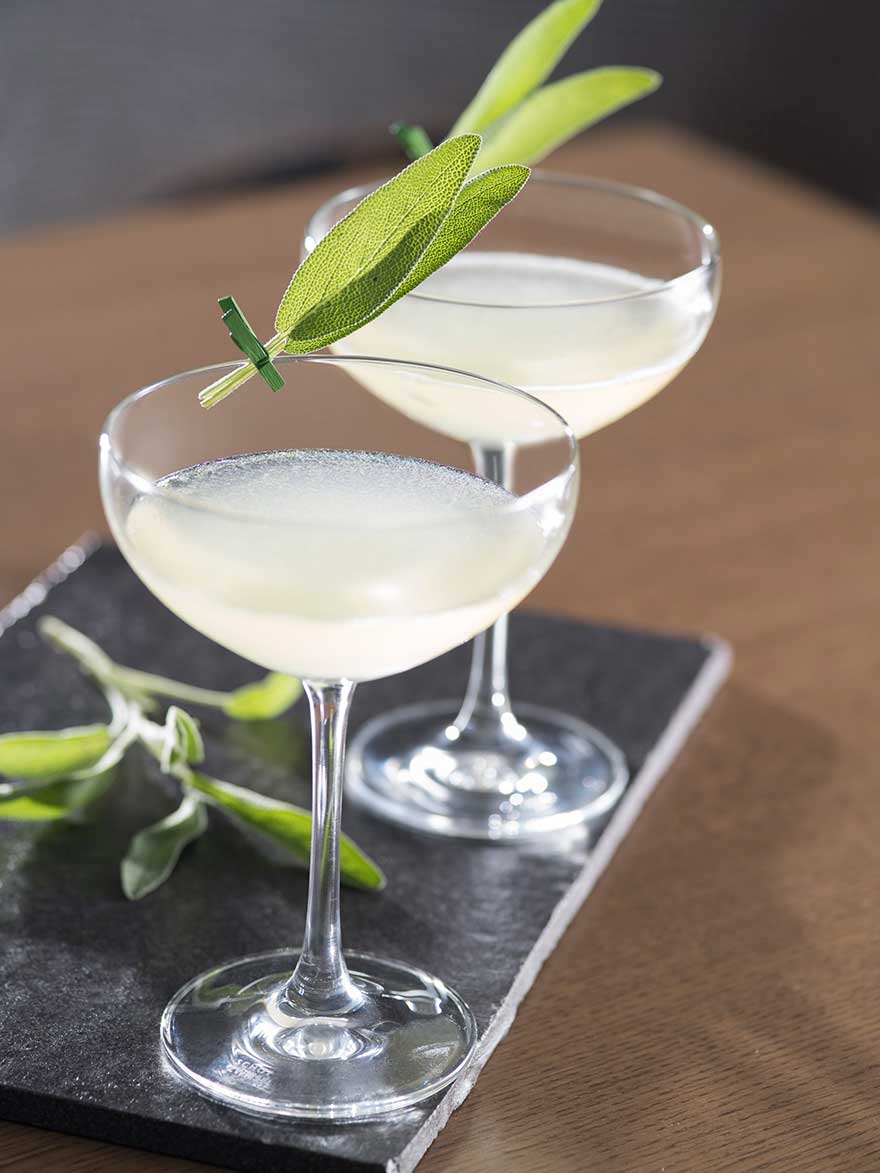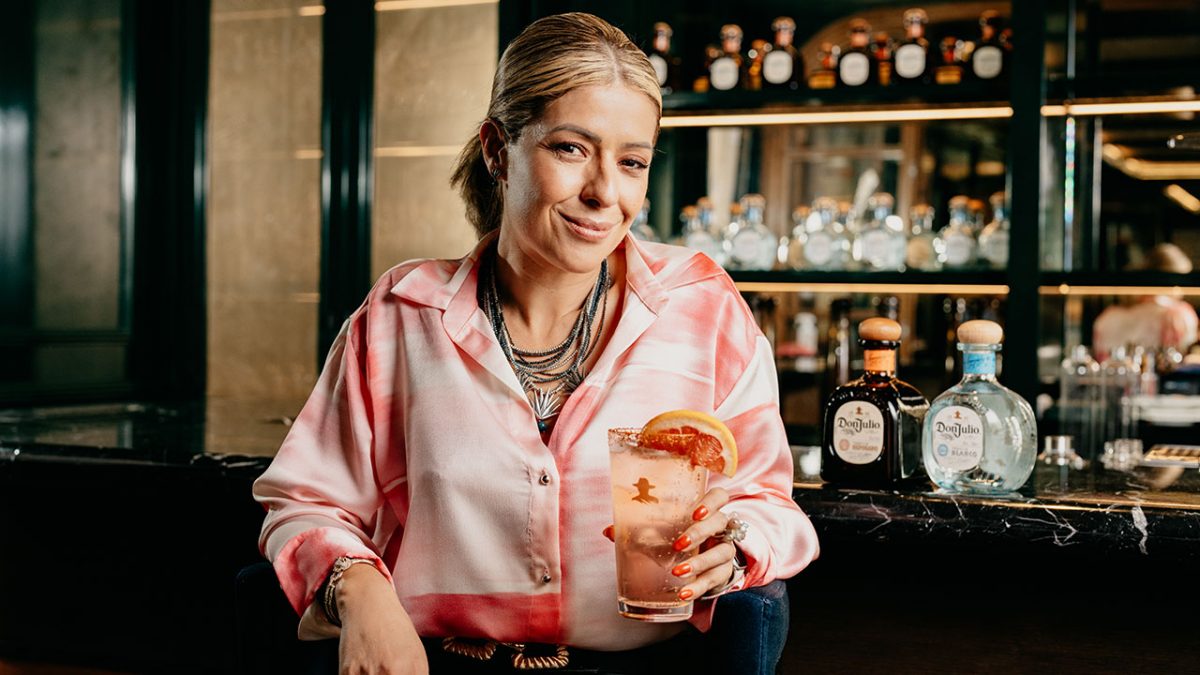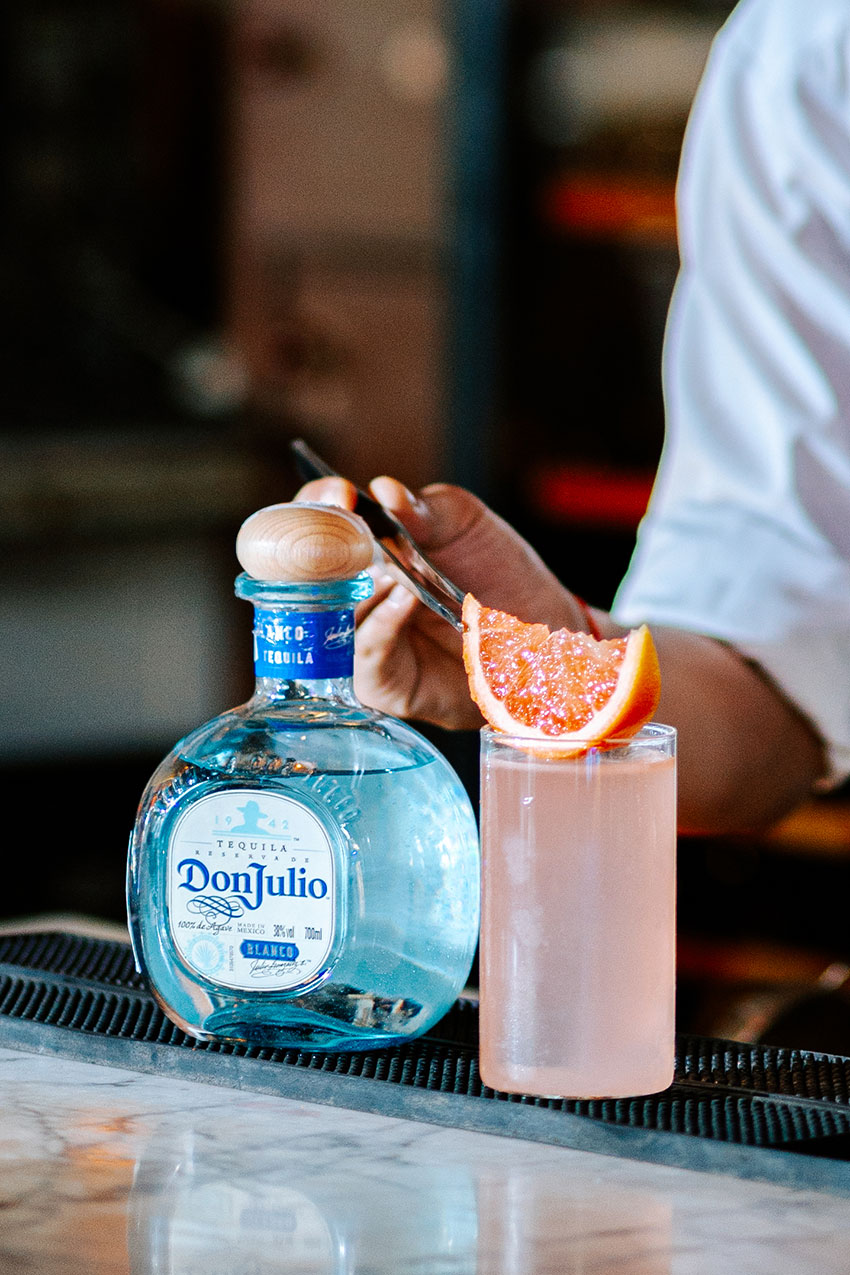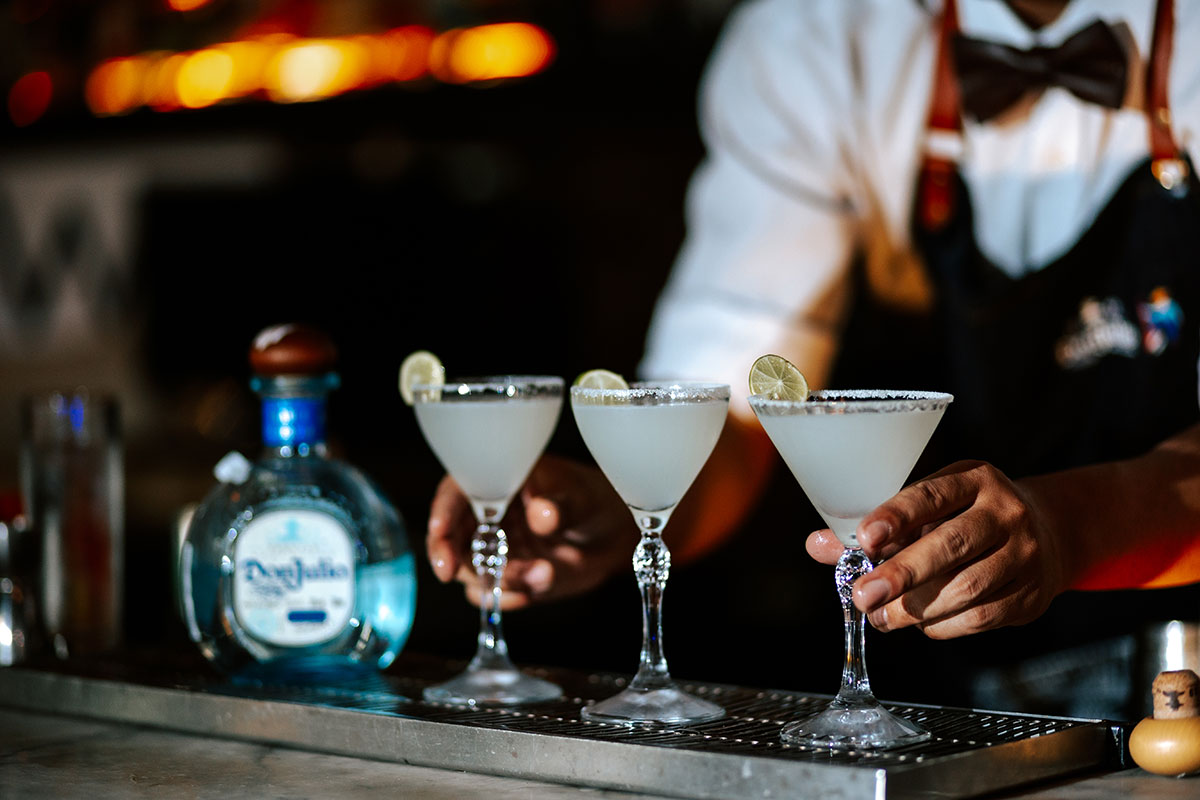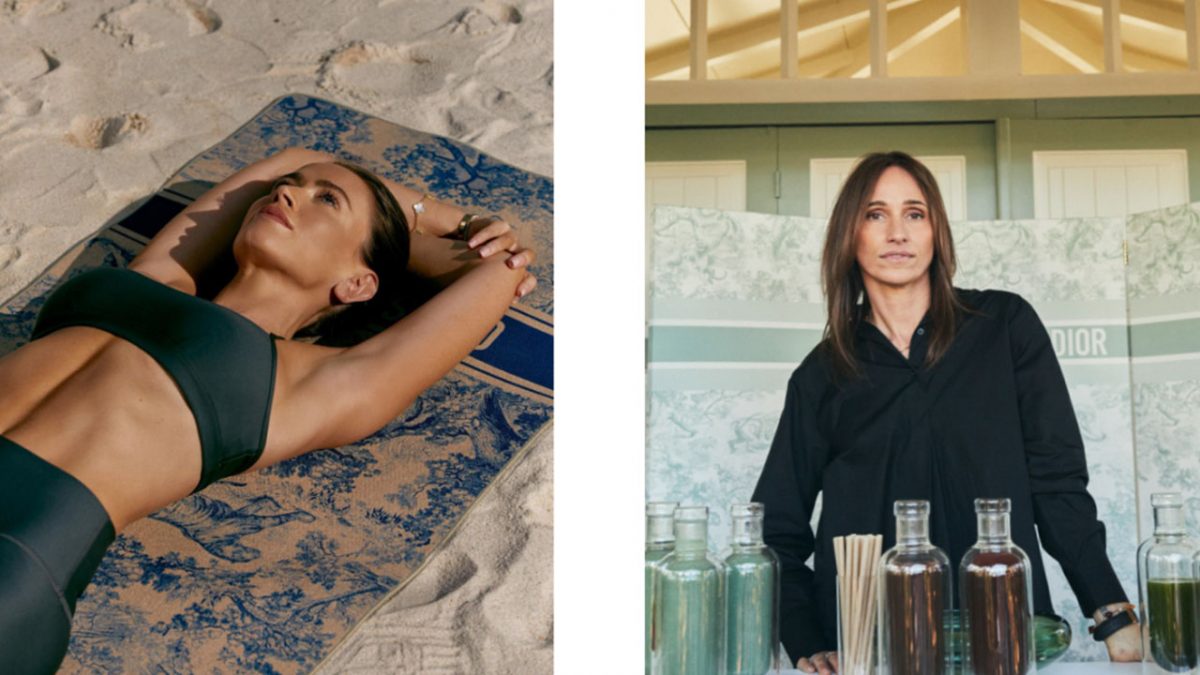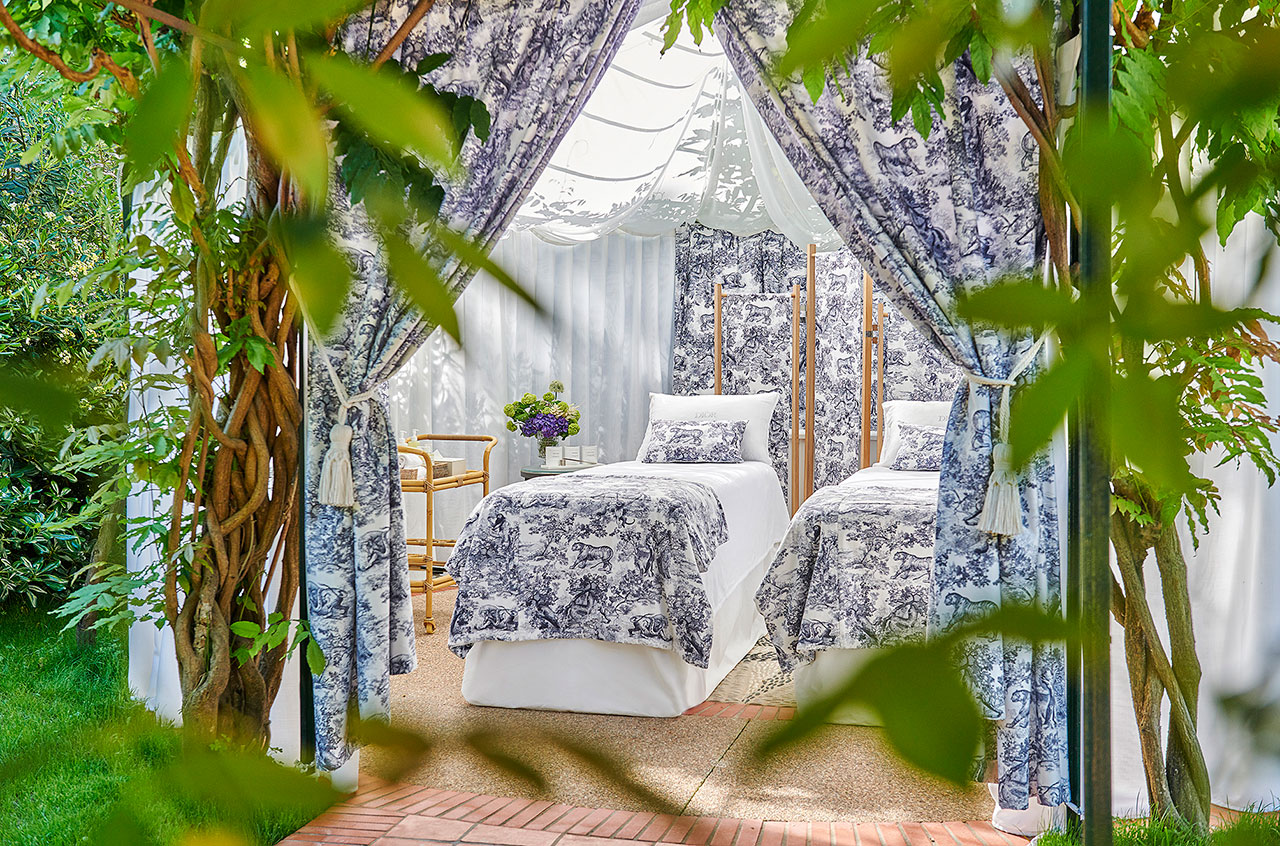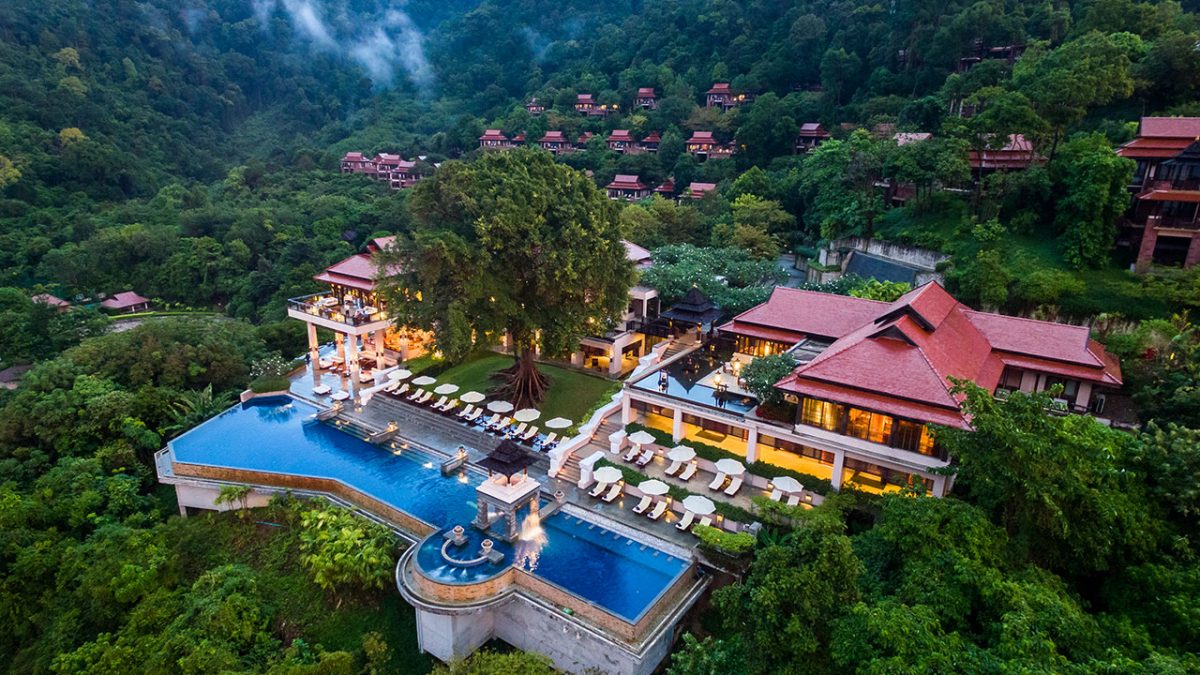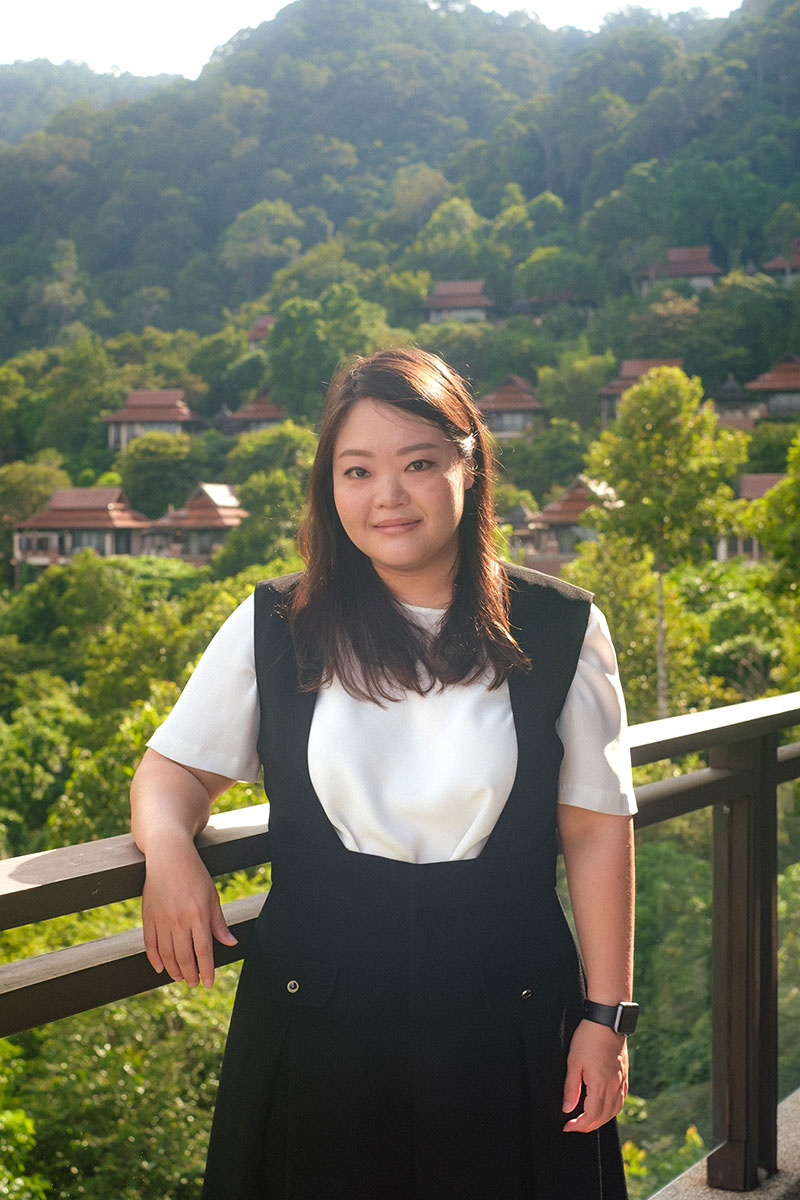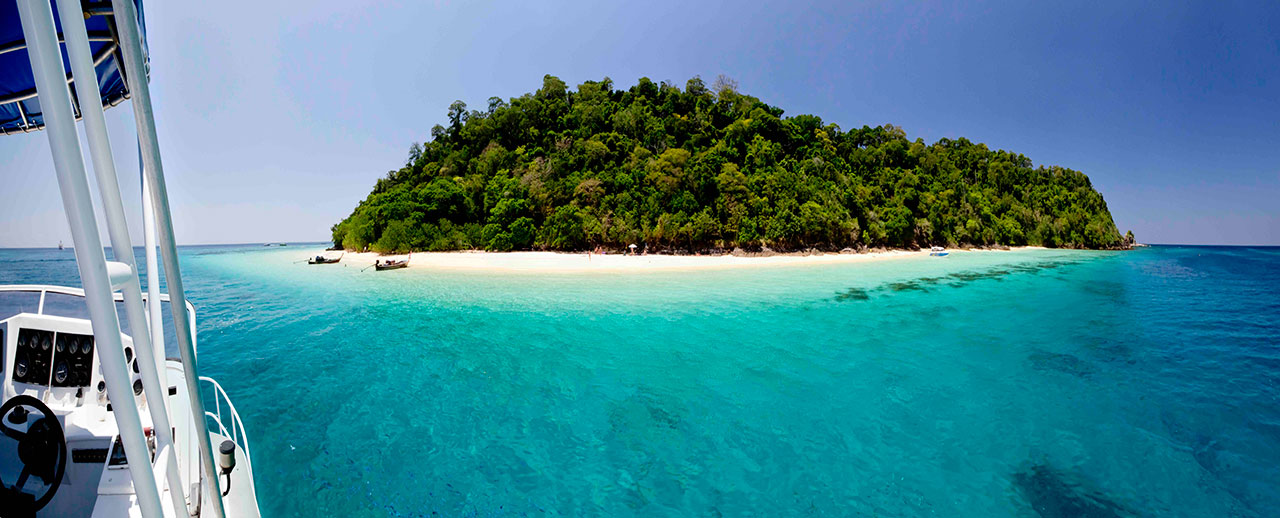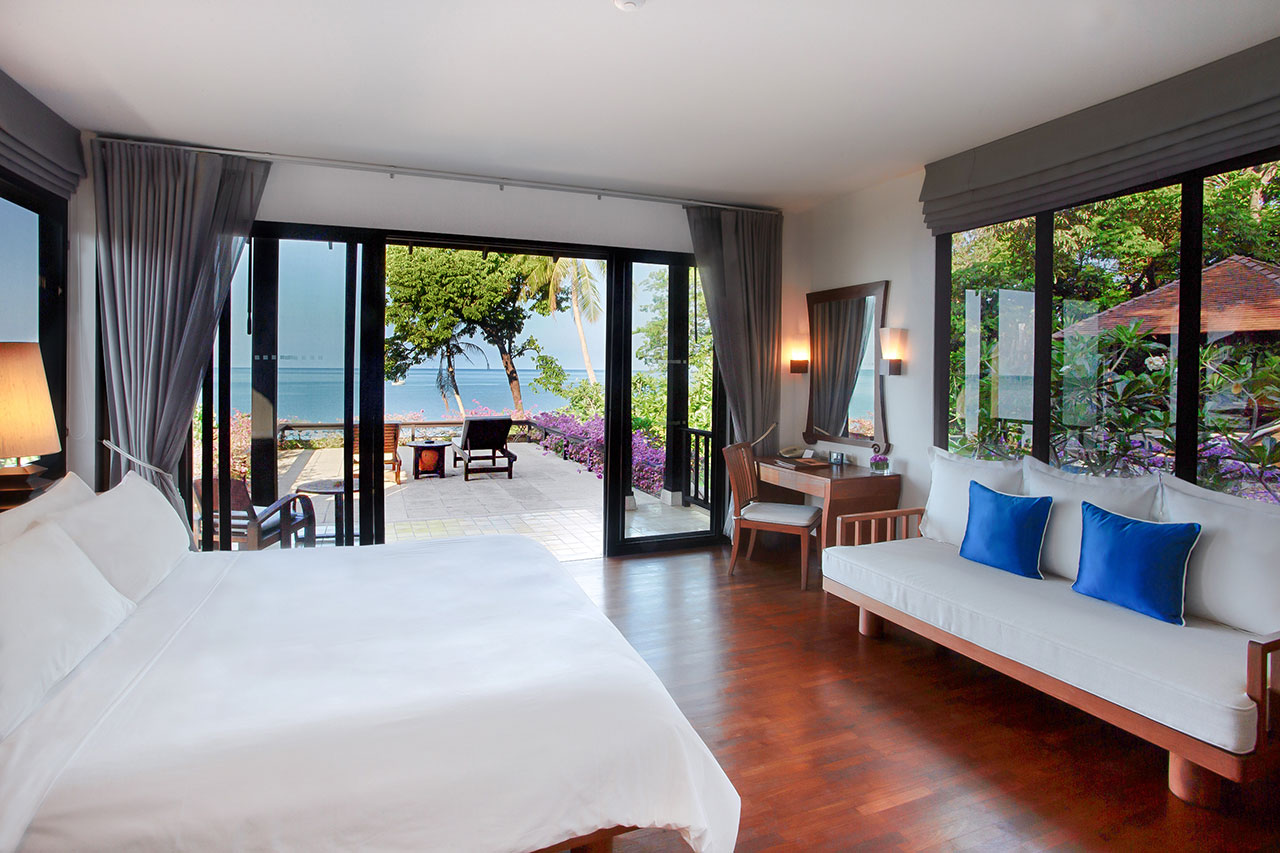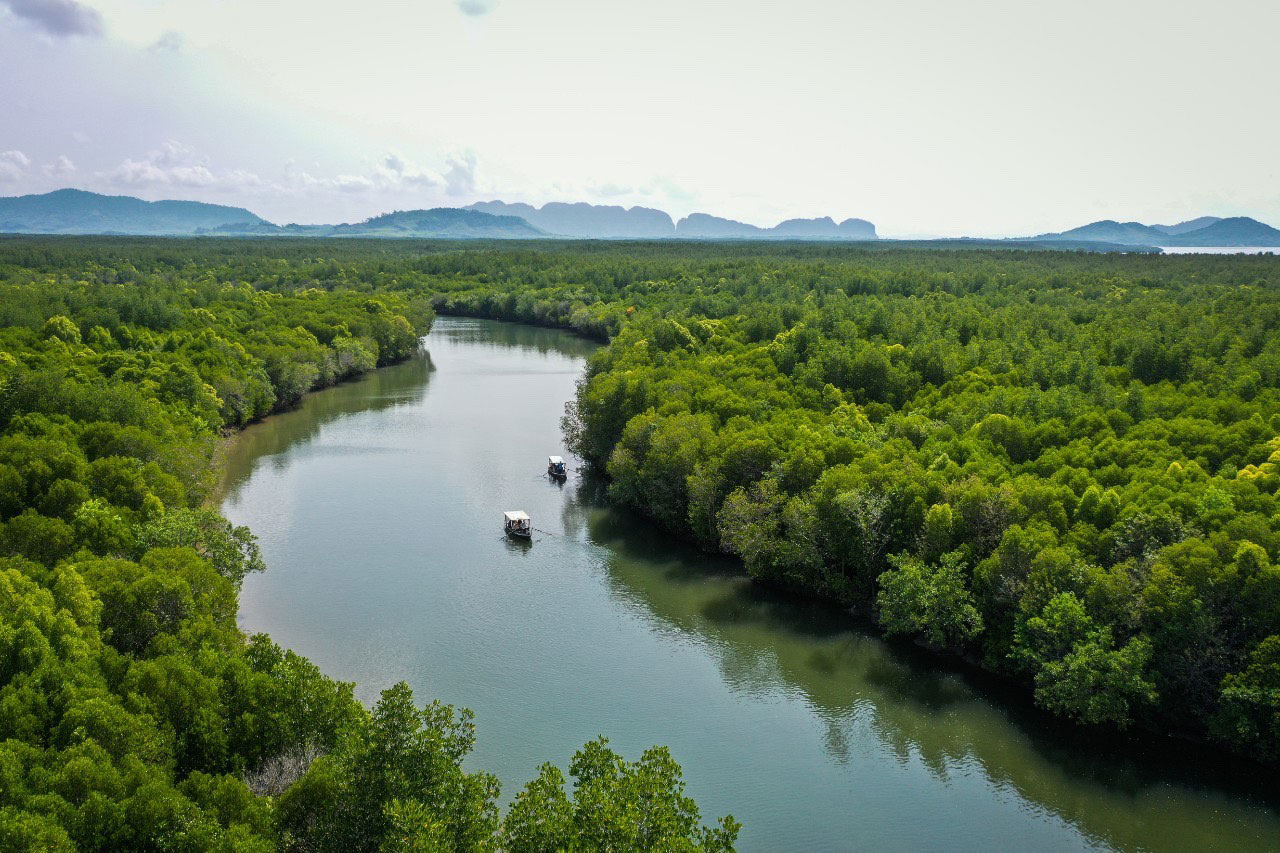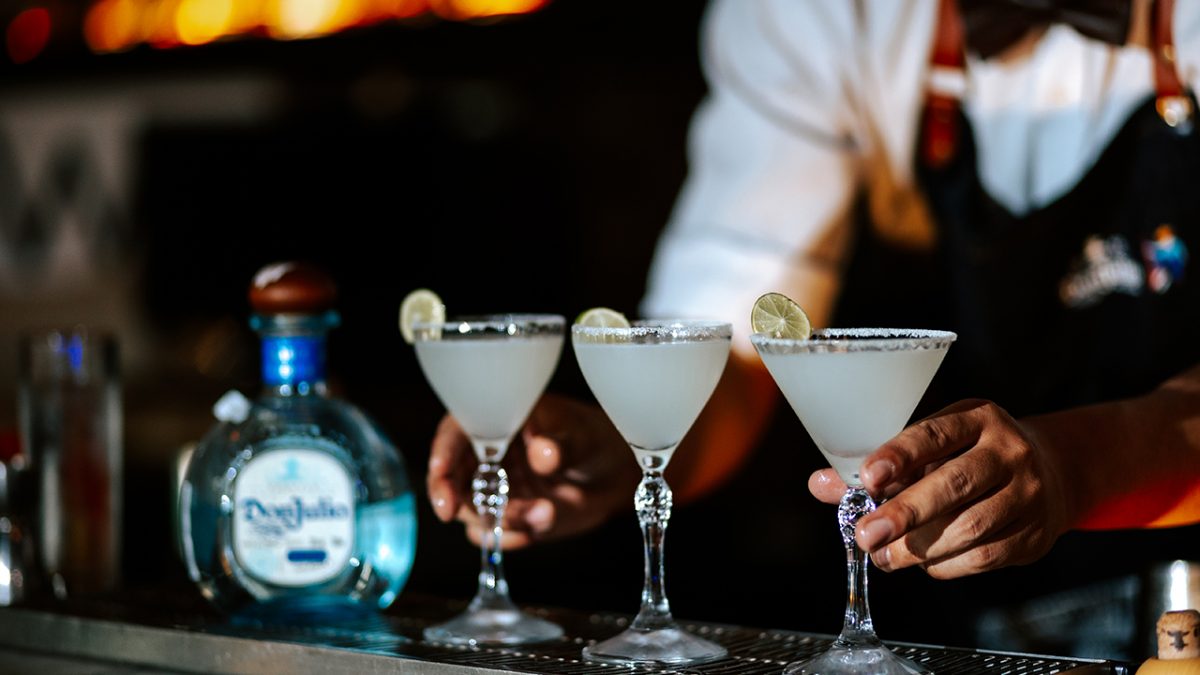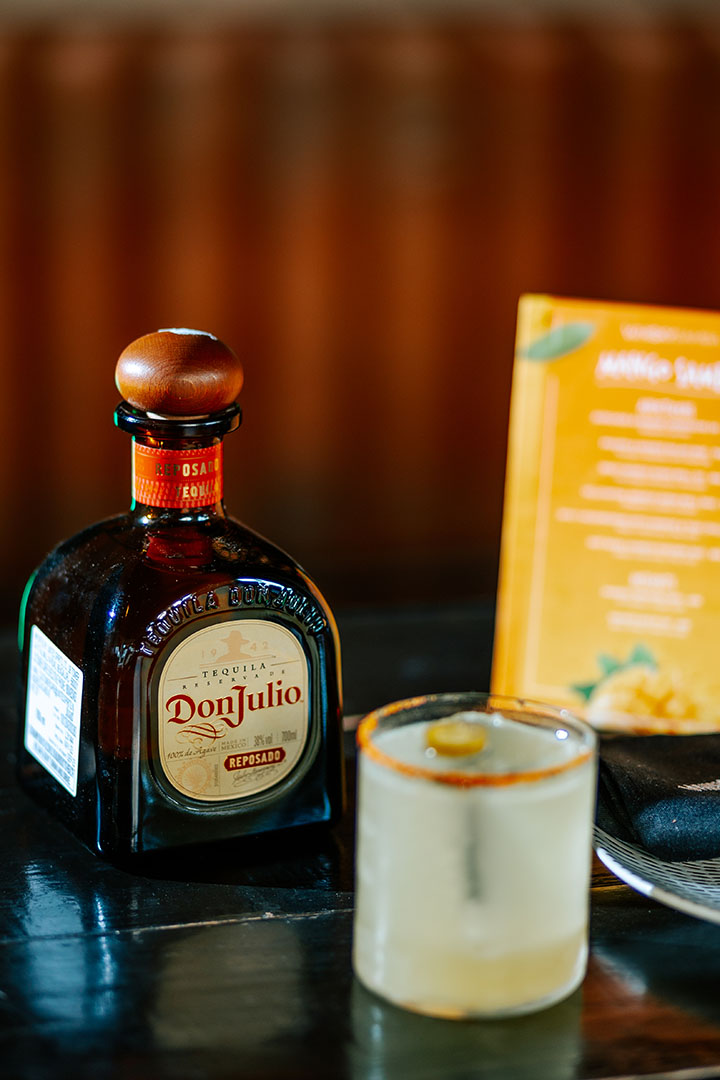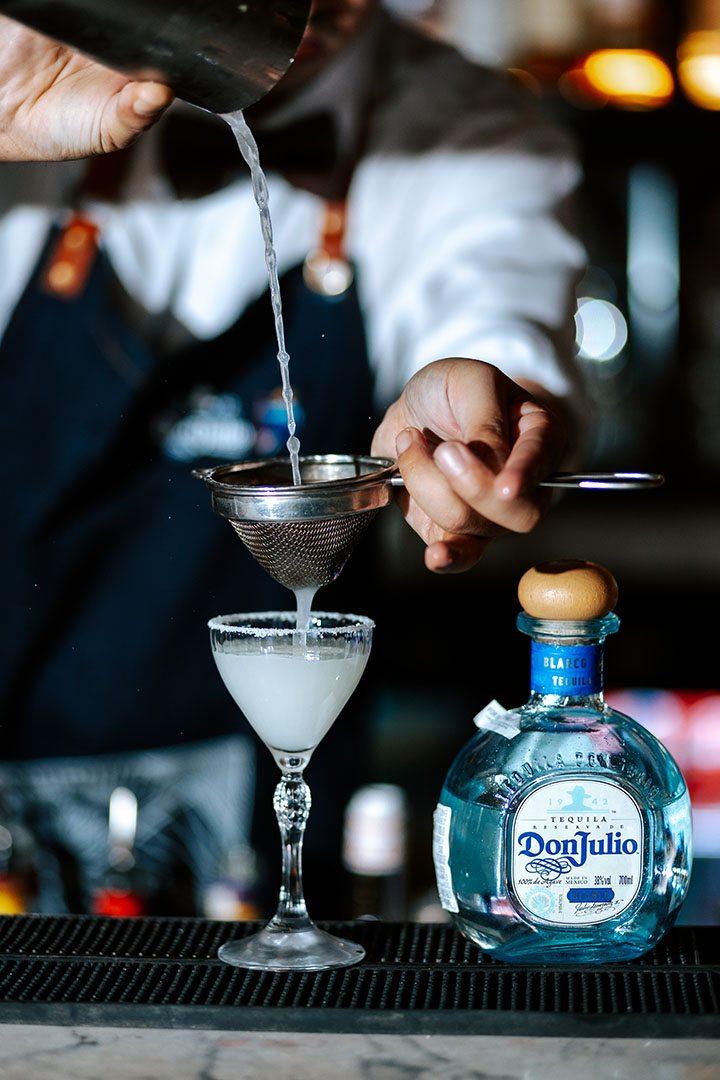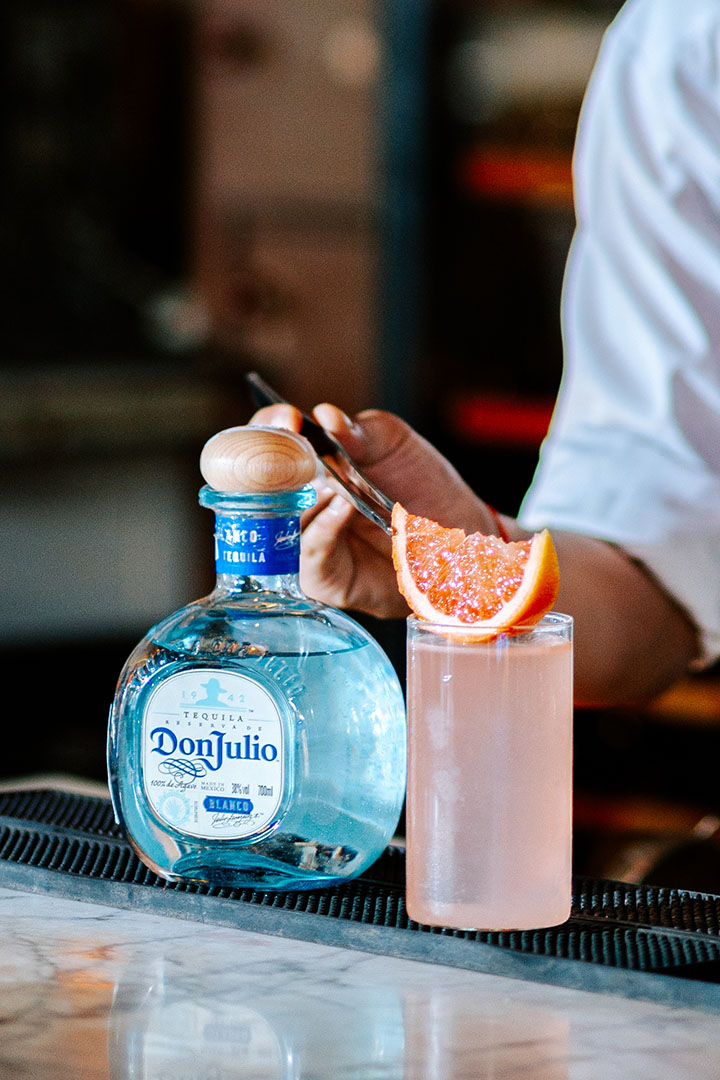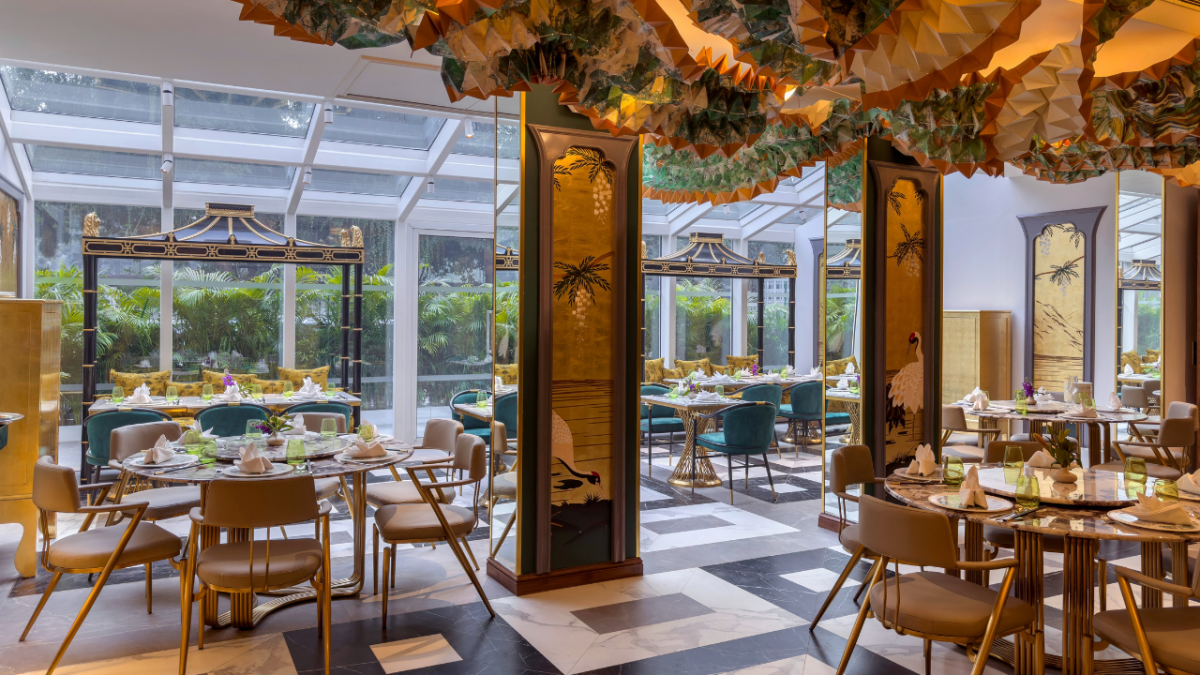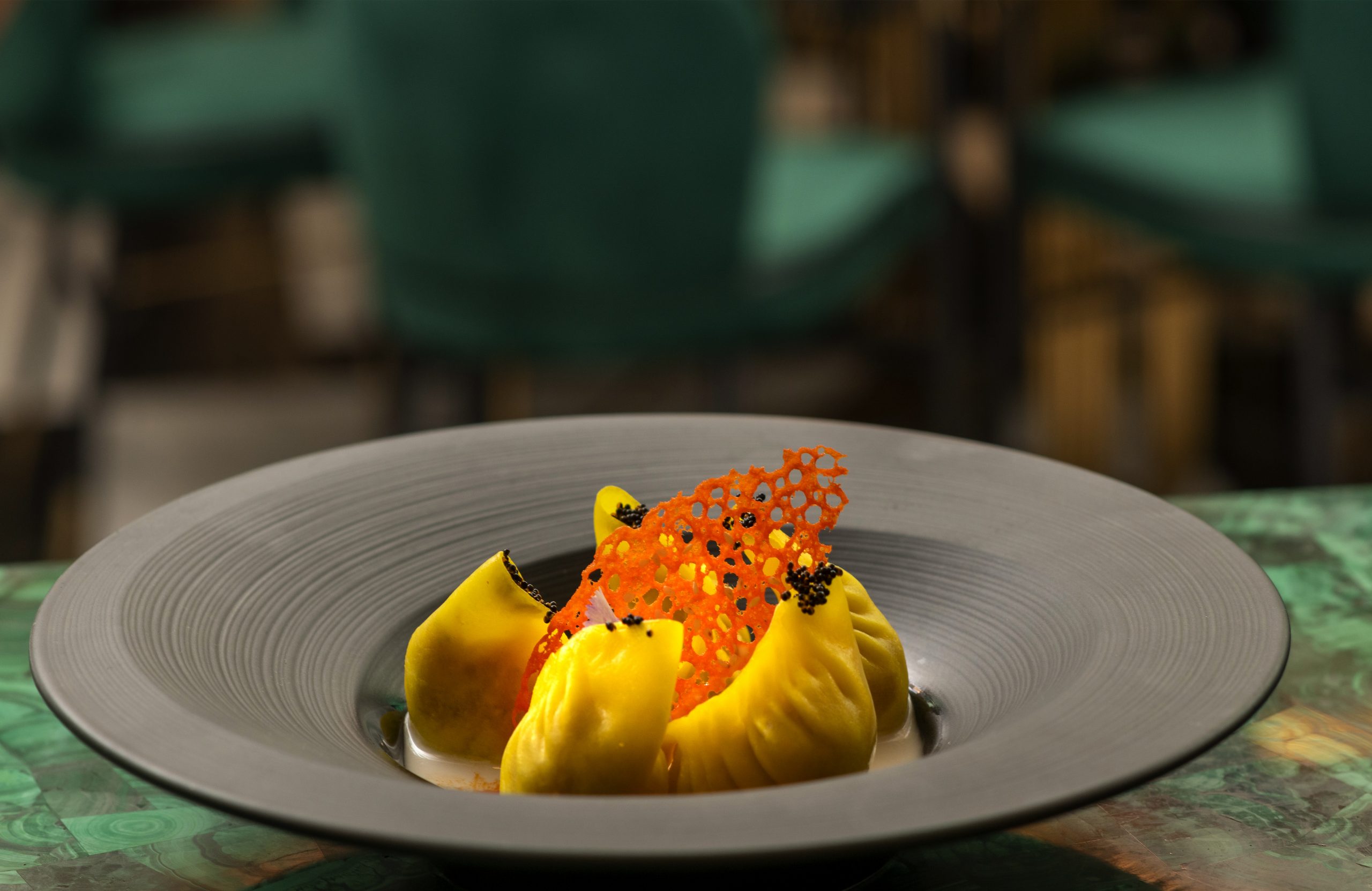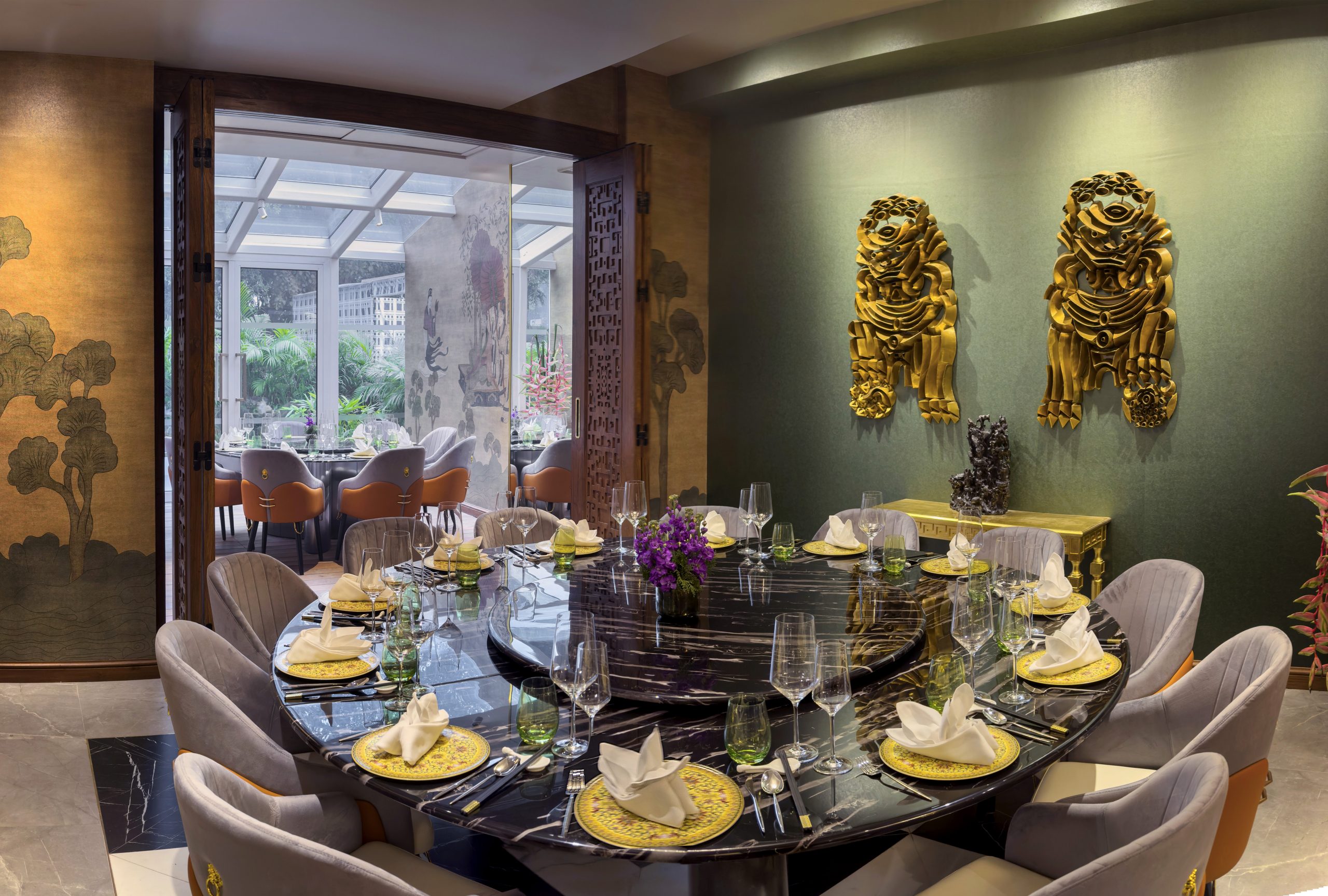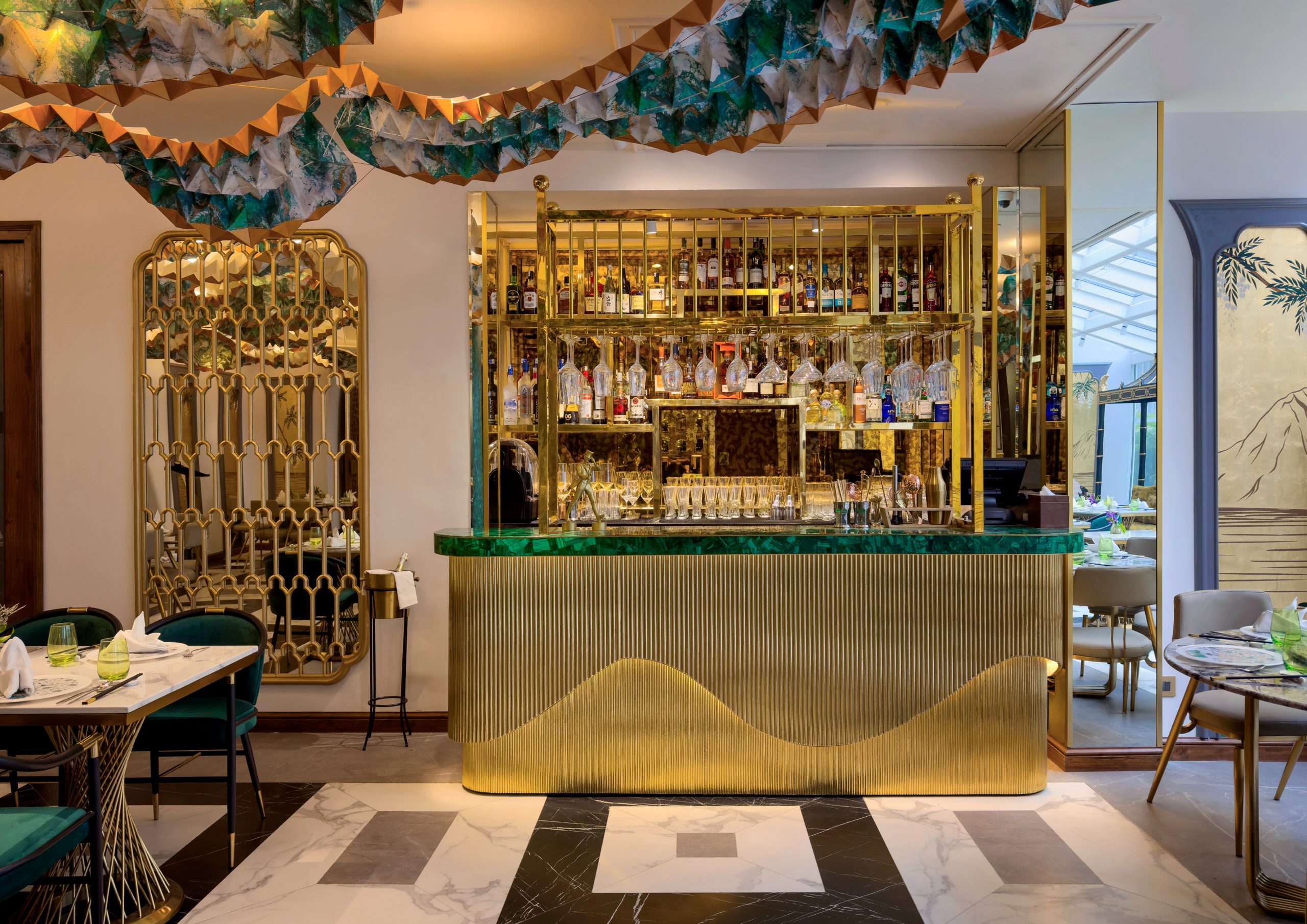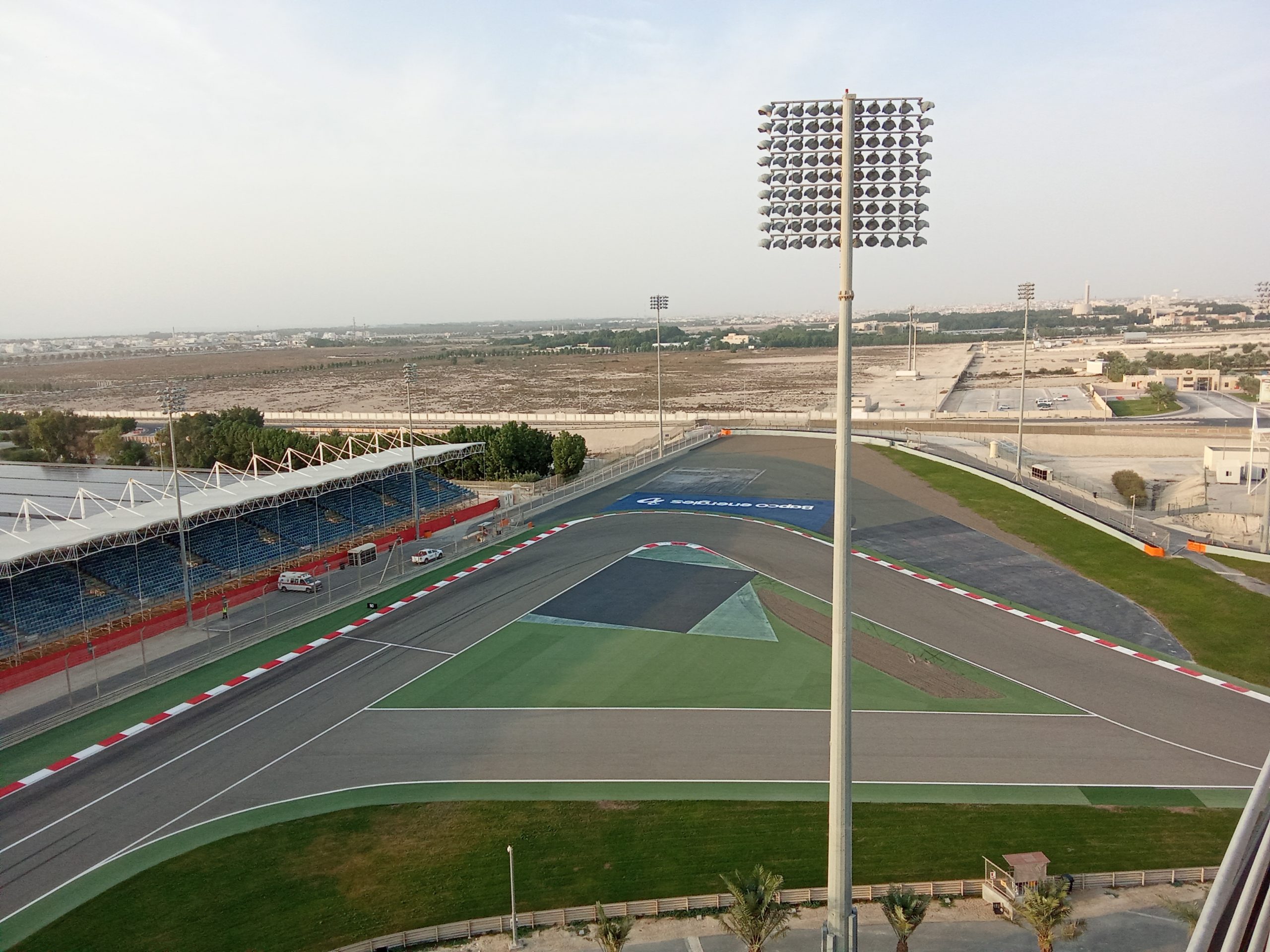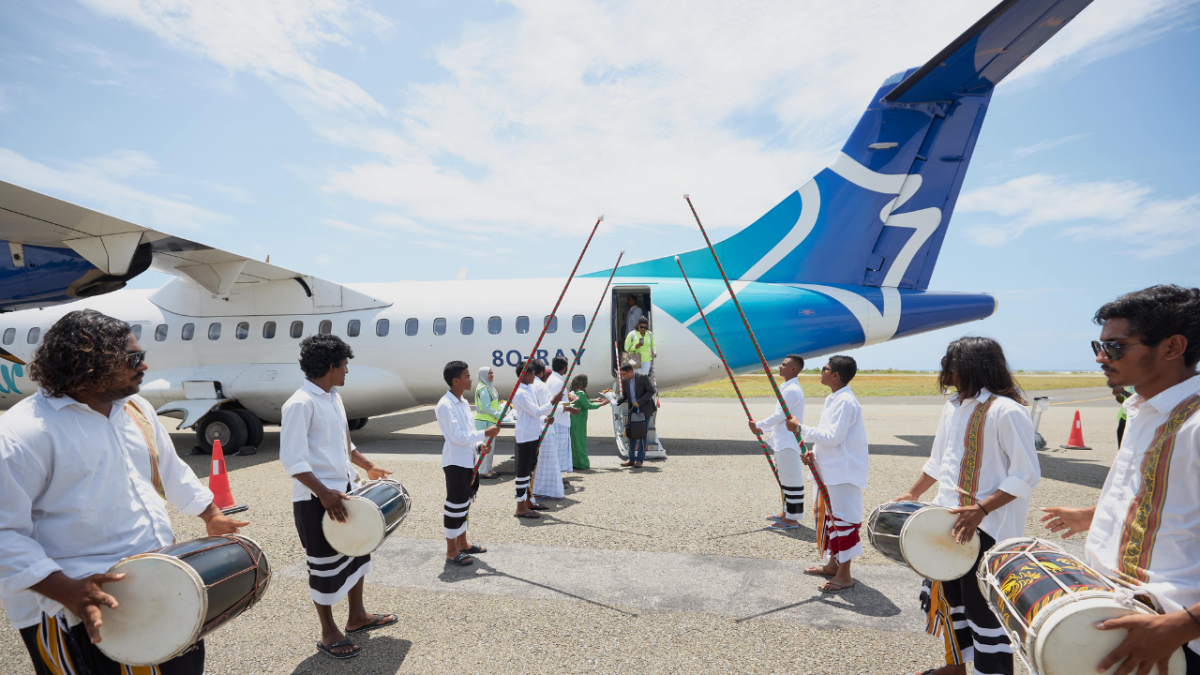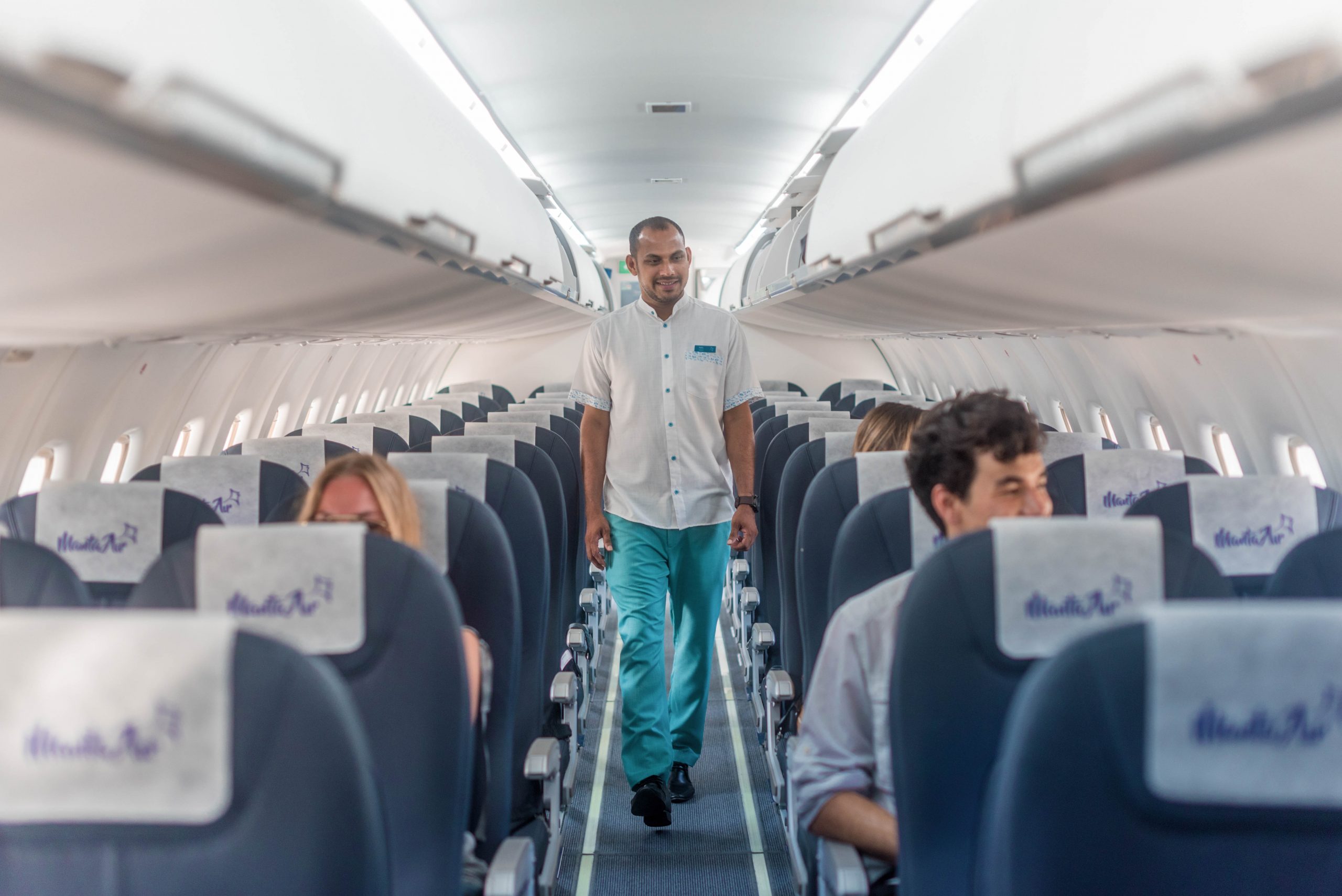This festive season, Delhi’s dining scene is undergoing a culinary renaissance, as some of its most iconic restaurants have recently unveiled their re-imagined menus that push the boundaries of innovation while honoring hospitality traditions. The refreshed menus for Fall at Delhi’s iconic dining destinations reflect a broader trend in the city’s gastronomic landscape — one where innovation meets tradition, creating an elevated yet approachable dining experience for discerning guests.
Whether it’s the artful simplicity of Japanese cuisine at the Megu or the bold, reimagined flavors of Cantonese classics at the Shang Palace, each high-end restaurant is offering a unique culinary journey, inviting diners to explore the diverse world of flavors keeping in mind the capital’s dynamic food scene. These iconic restaurants, with their new menus and artistic culinary presentations, prove that Delhi continues to lead the way in luxury dining, where every meal is an invitation to indulge in culture, tradition, and innovation.
House of Ming
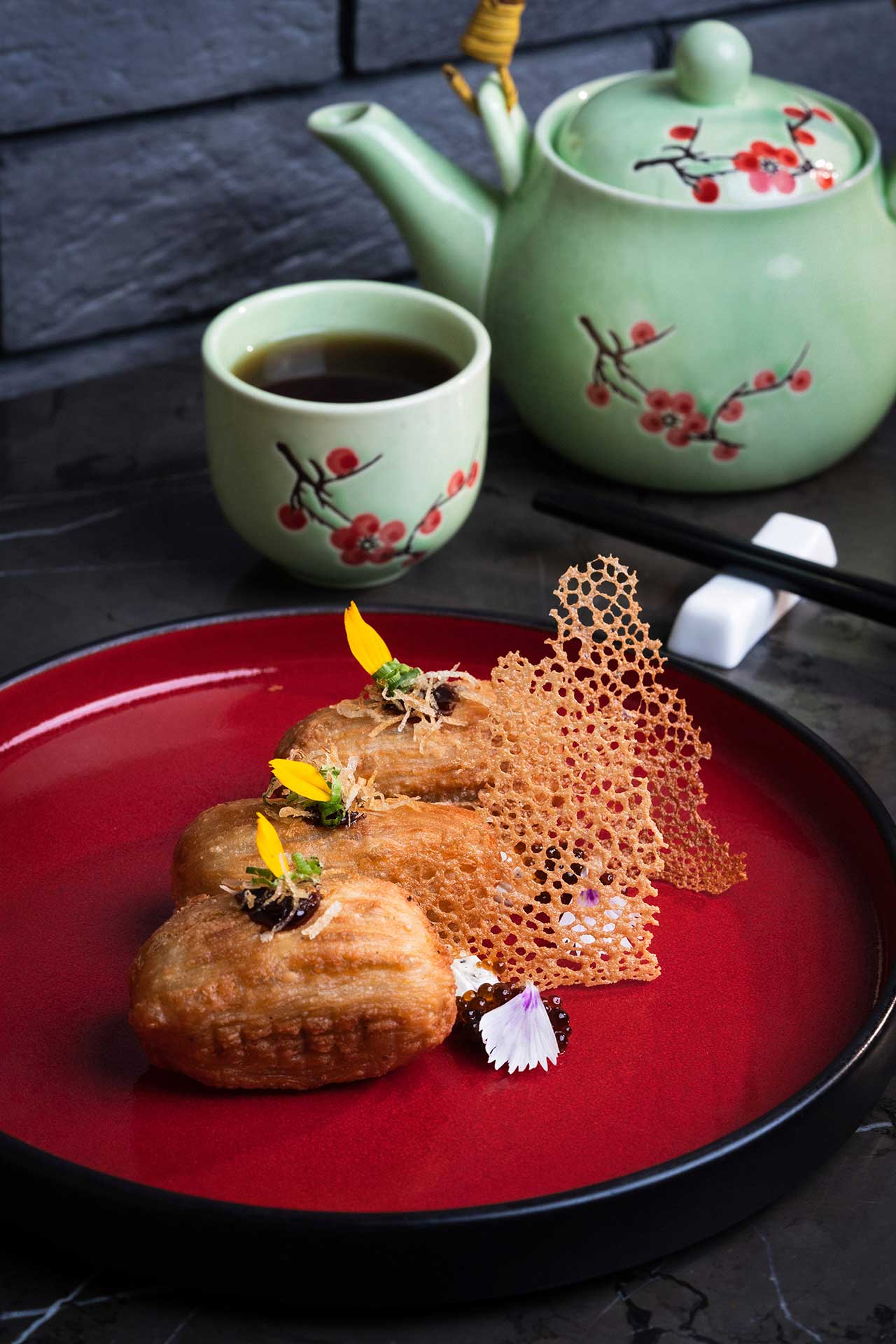
At the classic five-star restaurant The House of Ming at Taj Mahal, New Delhi, the newly introduced revamped menu redefines Sichuan, Cantonese, and Hunan cuisines for diners. Spearheaded by Chef Arun Sundararaj, this new selection honors traditional techniques while introducing modern elements. Dishes such as Imperial Dim Sum and Mala Cumin Roast Pineapple showcase the restaurant’s ability to blend heritage with innovation, making it a must-visit for Chinese cuisine aficionados. From luxurious Imperial dim sums to skinless Lo Mai Gai wrapped in lotus leaf, the menu offers baked, fried, and poached dim sums alongside a variety of baos. Starters include crispy jiu yim chicken, tofu xiang la, and Chen pe fish. For mains, guests can indulge in dishes like Hainanese chicken rice, Mala cumin roast pineapple, oyster mushroom & enoki, and Suān là shredded butternut squash, ensuring an elevated and hearty dining experience. Complementing the culinary journey, the cocktails are crafted by talented mixologists keeping in mind the balance between the five elements of nature – wood, fire, earth, metal, and water.
Spice Route
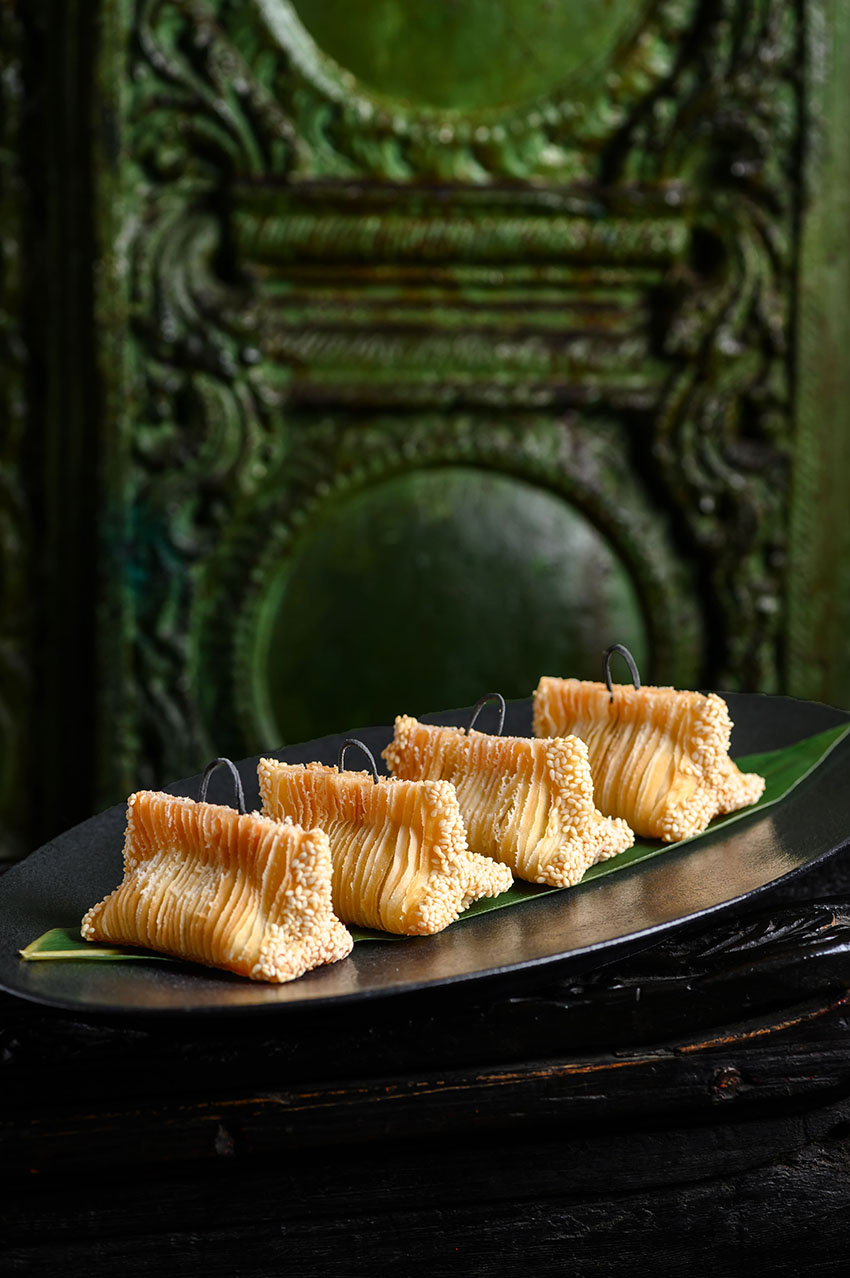
Another standout five-star restaurant the Spice Route at The Imperial continues to capture the essence of Ethnic Asian cuisine, with Chef Mustian Gadang leading a new culinary journey inspired by his Indonesian roots. The restaurant’s distinctive interior, modeled after ancient temples, provides the perfect backdrop for experiencing dishes that blend traditional Asian flavors with innovative techniques. The meticulous attention to detail in both the food and decor elevates every meal into a sensory experience. The menu now evolves from South of India and Thai favourites to a new chapter of gastronomic excellence, following the ancient traditional route from East Asia through Java to India. Celebrating the Asian diversity, the dishes are nothing short of culinary masterpieces, meticulously crafted to tantalize the senses and transport diners on a gastronomic voyage.
Shang Palace
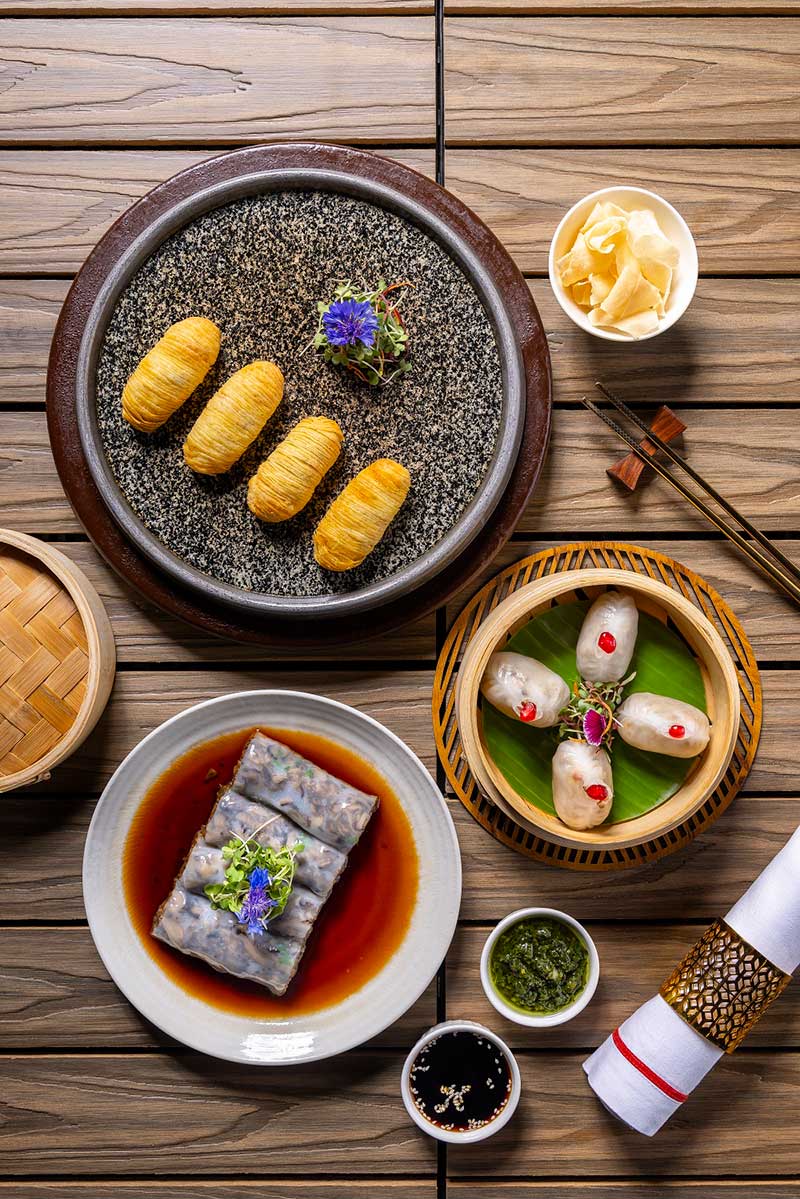
One of the most sought after fine dine restaurant Shang Palace, housed in the Shangri-La Eros, New Delhi, has recently added another feather to its cap with an exciting new menu that creatively combines seafood and chicken delicacies in an array of tantalizing dishes. The newly launched tasting menu pays homage to the vibrant essence of Cantonese cuisine, blending traditional and contemporary dishes crafted from the freshest ingredients. This menu promises an exceptional culinary journey, allowing diners to explore innovative flavors while celebrating the rich heritage of Cantonese culinary techniques. Highlights include innovative starters like Lobster and Mango Salad with a lime and coconut dressing, Spicy Chicken Salad with green apple mint and pine nuts, and indulgent creations such as Chongqing Lobster and Lobster Rangoon. Guests can dive into main courses like the delicate Lychee Lobster, flavorful Chilli Pepper Lobster Tail, and a fusion dish of Fried Duo Organic Wild Rice featuring lobster, chicken, and egg, offering a luxurious yet approachable experience.
Megu
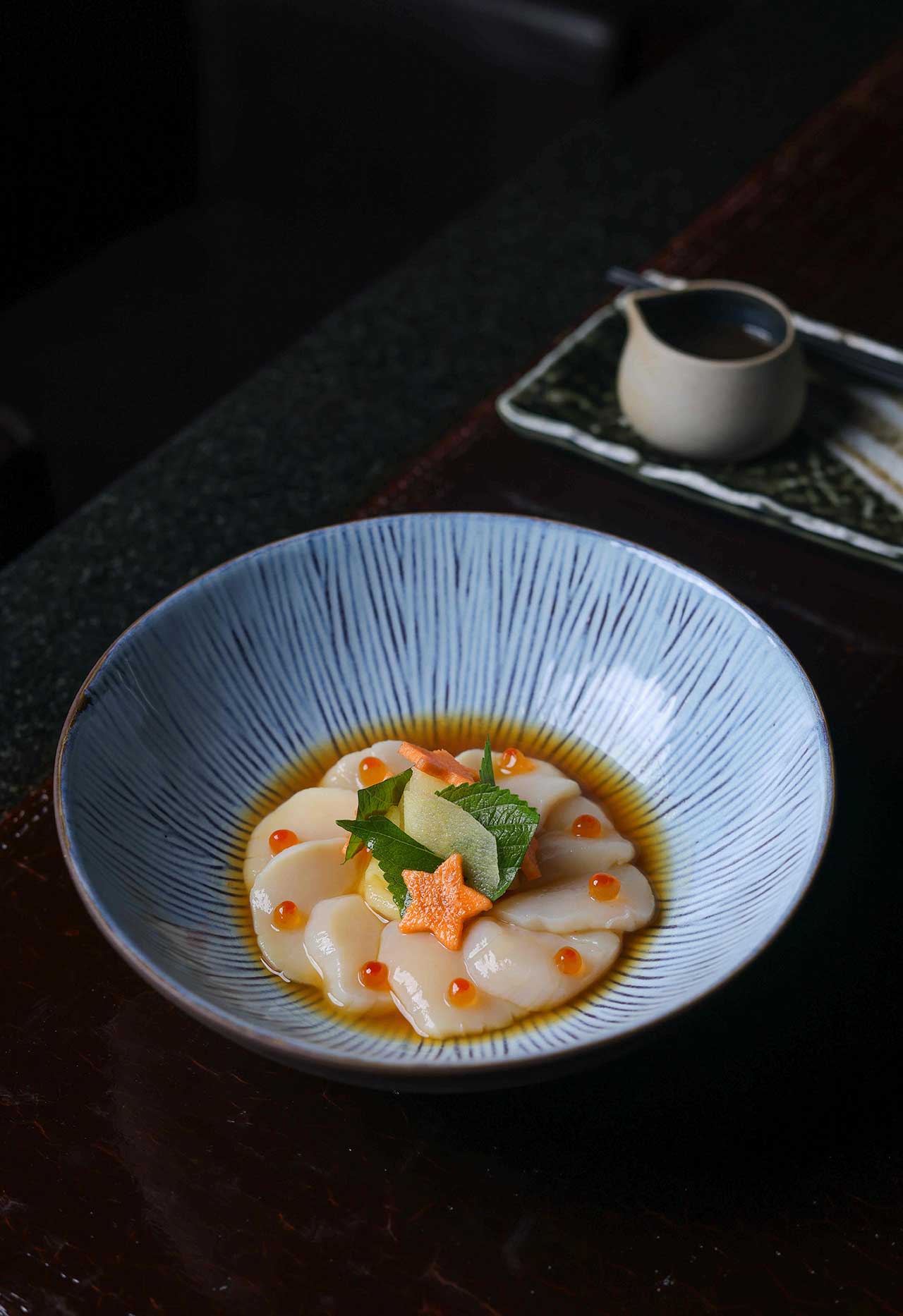
For fine-dine lovers Megu at The Leela Palace, New Delhi, has been a hallmark of modern Japanese cuisine since 2011. Under the guidance of Chef Shubham Thakur, the newly refreshed menu amalgamates Japanese culinary mastery with locally sourced seasonal ingredients. Signature dishes like the Miso Eggplant, Yuzu Salmon, and Yellowtail Carpaccio are elegantly crafted to take diners on an unforgettable journey through Japan’s diverse gastronomic landscape. The best part is the restaurant’s commitment to sustainability shines through its use of locally sourced ingredients, ensuring that the flavors are both fresh and environmentally conscious. Alongside this culinary upgrade, there’s also a new cocktail menu, featuring handcrafted drinks like the Shinrin Highball and Toki-O, ensuring a perfect pairing for the refined dishes.





